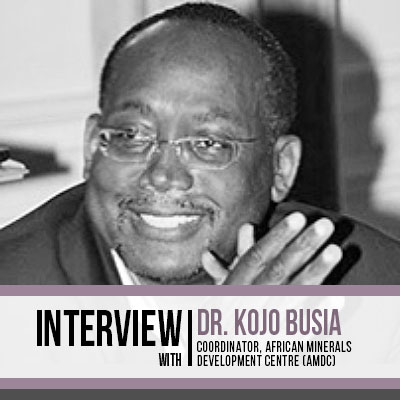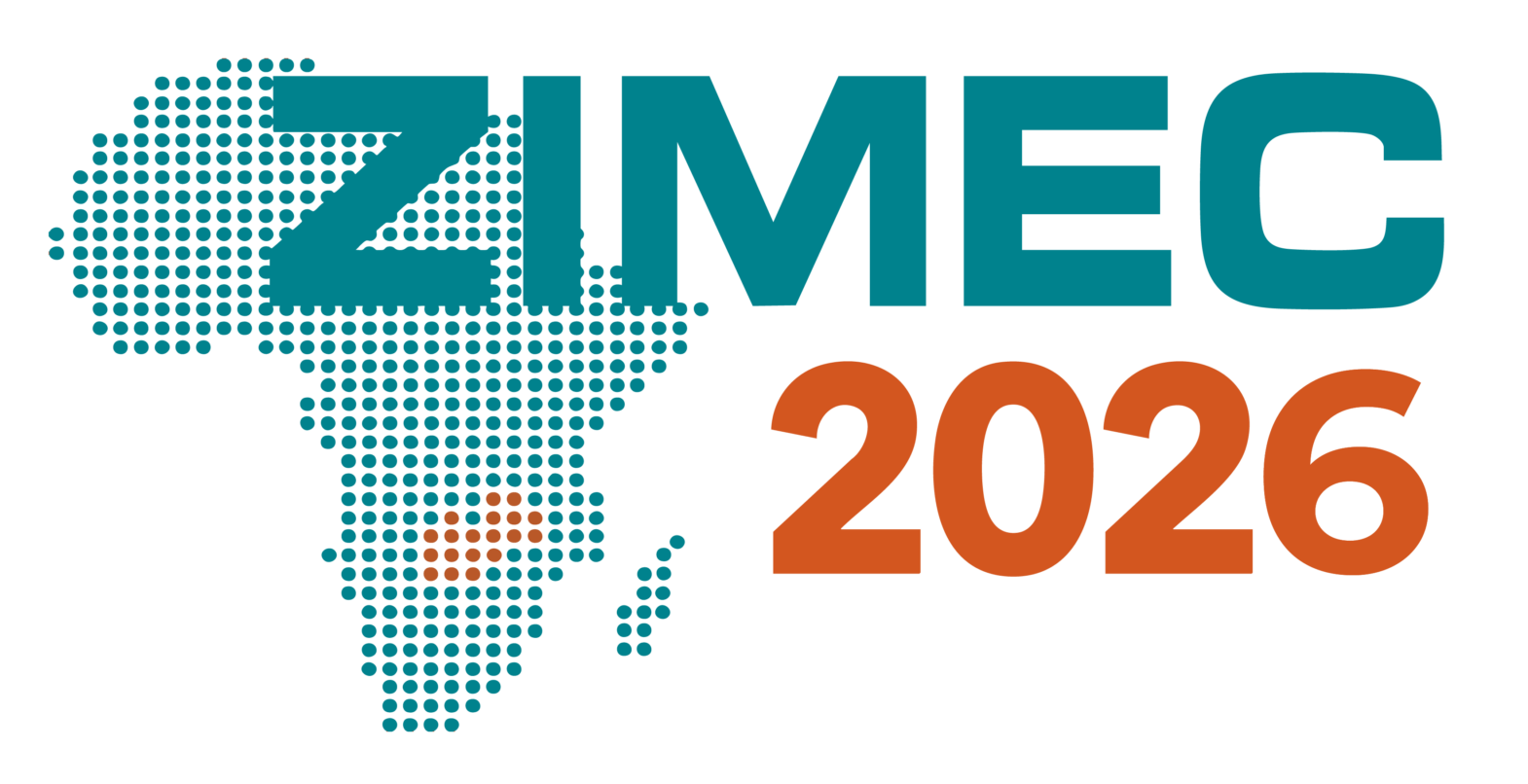- What can delegates expect from your presentation at the conference?
The adoption of the AMV as a forward-looking continental framework together with the AU Continental Agenda 2063, the Africa Continental Free Trade Agreement (AfCFTA) as well as Africa’s significant influence in shaping the globally endorsed agenda 2030 on Sustainable Development Goals, reflect the determination to transform the governance of the mineral sector. These frameworks underpin the willingness to effectively strengthen the policy, legal and regulatory frameworks and the environment through which the Private Sector operates in an integrated manner, looking diversifying their mining industry towards integrating into the global mining value chain.
The AMV begins with the notion that Africa’s mineral comparative advantage would build competitive advantages and unleash structural economic transformation towards “knowledge-driven” economies. It is anchored on the understanding that mineral resources are part of the stock of natural capital that can spur Africa’s development. The AMV is a long-term and aspirational framework designed to reverse the disconcerting observation that while African countries have abundant mineral resources and roughly one-third of global mineral reserves, they rank among the poorest in the world. The Vision underscores the fact that development can occur if Africa succeeds in transforming transient mineral wealth into other forms of lasting capital which outlive the currency of mining. The principal resource endowment opportunities for realizing AMV are: resource rents; physical infrastructure; downstream value addition; upstream value addition; and technology/product development.
Conversely, where there is underdeveloped human, knowledge, physical and institutional capital, as well as governance deficiencies, insufficient innovation systems, low rates of technology awareness and progress, and inefficient economic and business organization, it is impossible to utilize the initial factor endowment (natural resources) into a platform to build successful business clusters and diversified economies using the mining sector as a springboard.
- What are the next steps to integrating local companies in the mining value chain?
Zambia faces challenges in developing the standards for mineral led local innovations as well as integrating into the global value chains of the upstream mining sector. This ranges from the quantum of locally produced materials, personnel, goods and services to the level of equity ownership local citizens hold in these firms.
Poor prospects for institutional capacity in providing a conducive environment and monitoring local businesses involvement in the mineral supply chain increase risks of external domination by international and powerful firms.
Further the general harmonization of requirements and standards for local suppliers without due consideration of the maturity of the local firms puts medium sized firms at a disadvantage compared to large-scale firms despite the fact that SME led employment, capacity building and procurement hold strong potential for multiplier effects.
Well-established local supply chain development in the mining sector can improve the mining sector and reduce the risks of instability in the mining fiscal regime.
- What are you looking forward to at ZIMEC 2018?
I look forward to an exciting debates in the context of the current potential and opportunities in developing a robust local supply chains in Zambia, taking advantage of regional supply chains with the SADC region.



